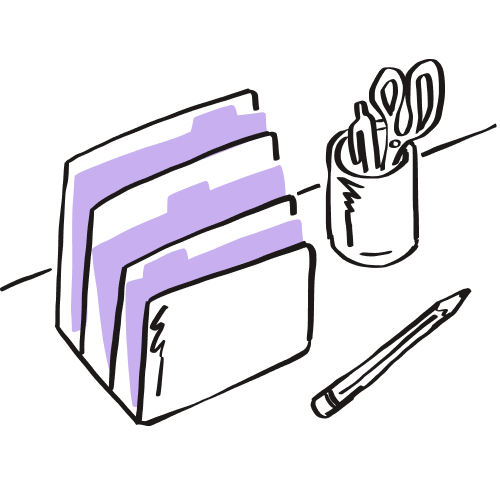What is a last will and testament?
A last will and testament is a legal document setting out your final wishes—serving as a guiding light for your loved ones.
It covers the distribution of your assets, the care of any dependents, and the appointment of a personal representative or executor to carry out your instructions.













